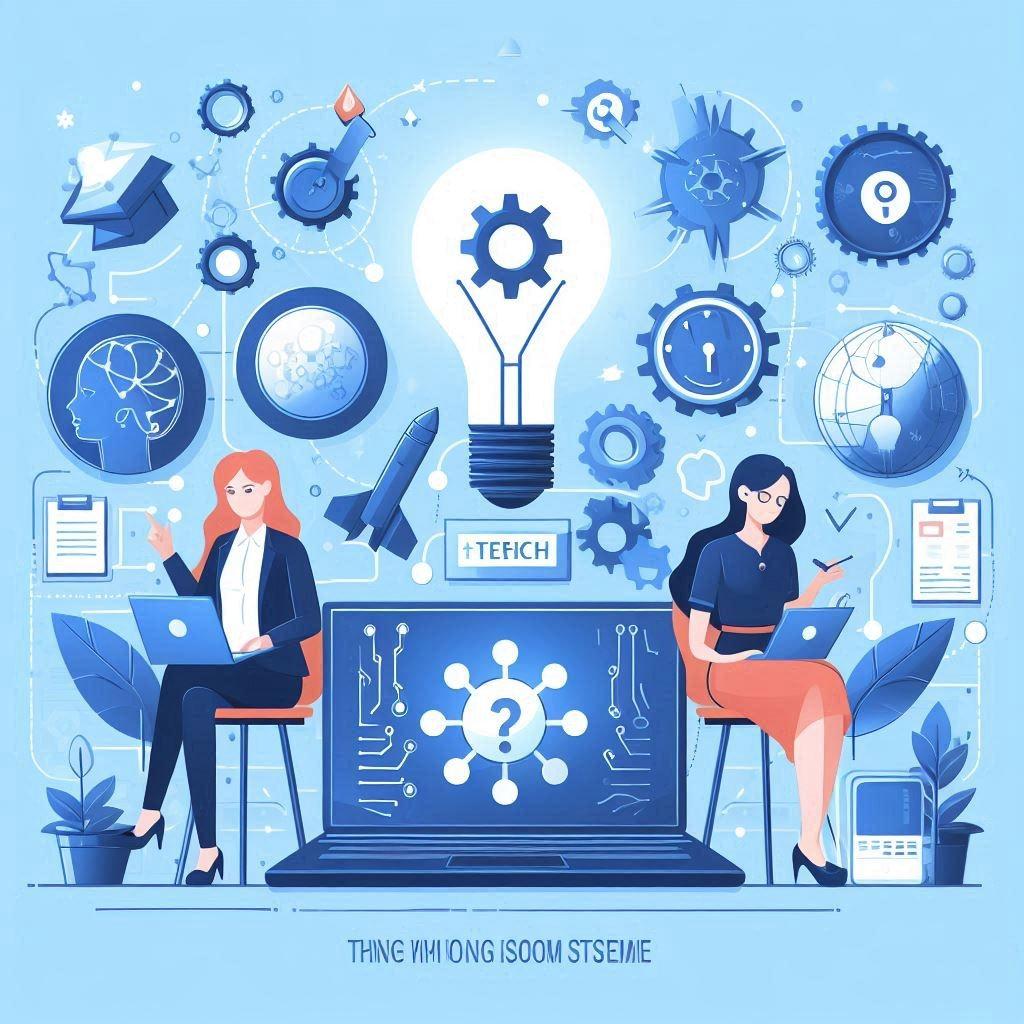“You Don’t Look Like a Coder” and Other Fairy Tales From Techland
Picture this: You walk into a tech conference. Lanyard on. Confidence loaded. CV is stronger than black coffee. And the first question you get is:
“Oh hey, are you with HR?”
Buckle up, buttercup. This is womanhood in software development, and no, there’s no tutorial level.
Today, we’re diving deep into the awkward, oddly specific, and occasionally hilarious world of being a woman in tech. Inspired by Elaine Richardson’s brilliant piece, this blog is part rant, part love letter, and fully powered by caffeine and righteous indignation.
📚 Once Upon a Patriarchy: “Girls Can’t Do Physics”
Elaine's journey into tech began with a school administrator telling her she couldn’t take physics because she had netball during that time.
Yes, really.
Apparently, in the 80s, sports bras outranked STEM. But she persisted (of course she did). That moment echoes something all of us in tech have felt: that weird cultural whiff of “you don’t belong here.”
Spoiler: she totally did belong. And so do you.
🧔👨 The ‘All Male Management Club’™
Elaine worked in teams that were beautifully balanced—until you looked at the org chart and realized every leadership position was filled with a bearded guy named Dave. And if it wasn’t Dave, it was Steve.
The work? She slayed it. The promotions? Not so much.
Sound familiar?
Her story highlights how “equal opportunity” often ends where the glass ceiling begins—usually just above the mid-level dev role, coincidentally.
🎭 Freelance, but Make It Feminist
Elaine eventually found her groove in IT contracting, where she was often the only woman in the room and the only person who could explain how COBOL actually works without sighing loudly.
Being the outlier worked in her favor. It made her memorable (also because her male competition listed “being punctual” as a skill). But that visibility came with extra scrutiny. When you're the only woman in the room, you’re not just coding—you’re low-key representing your entire gender.
No pressure.
🫠 The Microaggressions You Could Code a Bot To Predict
Let’s talk about the Pub Invite Problem. Elaine often wasn’t invited to team drinks because they “didn’t think she’d be interested.” What’s that? Oh yes, it’s the classic subtle exclusion move. Quiet. Polite. Brutal.
Then there were the developers who’d “jokingly” say women were too sensitive for the job.
To them I say: please read exception logs from 1am during a production outage while menstruating. We are built for resilience.
🧠 Strategic Complaining: The Real Girlboss Move
Elaine didn’t waste her time arguing with every condescending developer who thought a UX designer was “just here to make things pretty.” Instead, she went straight to the top—strategically and smartly calling out discrimination to the people who could actually fix it.
Let’s normalize this: you don’t have to win every battle. Sometimes, you just need to send one perfectly-worded email with bullet points and watch the fallout from your ergonomic chair.
🚀 Final Thoughts from the Server Room
Here’s the thing: tech doesn’t hate women. But it does sometimes forget we exist, underestimate us when we show up, and undervalue us when we stay.
That’s why stories like Elaine’s matter. They remind us that behind every “You don’t look like a developer” is a woman coding rings around everyone else. With class. And sass.
So to every woman debugging sexism line-by-line in her workday: you are not alone. You’re part of a movement. A legacy. And maybe, just maybe, the reason why the next girl never even hears “Are you sure this is for you?”
Because we’re not here to prove ourselves anymore—we’re here to change the default settings.
P.S. Huge shoutout and credit to Elaine Richardson for her sharp, honest, and empowering insights. Your story lights the way. 💻🔥




Comments
Post a Comment